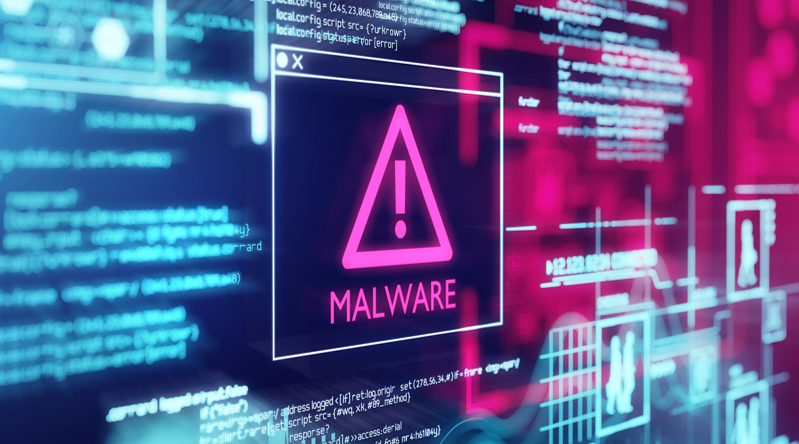SolarWinds Attack: Lessons Learned for SAP Cyber Security

The software supply chain attack suffered by SolarWinds may have impacted as many as 425 of the US Fortune 500, the top ten US telecommunications companies, the top five US accounting firms, all branches of the US Military, the Pentagon, the State Department, the world’s largest cybersecurity firm, as well as hundreds of organizations worldwide.
The attack targeted the Orion Platform used for SolarWinds products including tools for automated patch management and security & compliance. According to SolarWinds, the initial breach is suspected to have occurred in September 2019. The attackers subsequently modified an Orion plug-in that was distributed as trojanized updates to SolarWinds customers from February 2020. The attack remained undetected until December 2020.
The trojanized component was detected and labeled as SUNBURST by FireEye. According to FireEye, “After an initial dormant period of up to two weeks, (SUNBURST) retrieves and executes commands, called ‘Jobs,’ that include the ability to transfer files, execute files, profile the system, reboot the machine, and disable system services….The malware masquerades its network traffic as the Orion Improvement Program (OIP) protocol and stores reconnaissance results within legitimate plugin configuration files allowing it to blend in with legitimate SolarWinds activity. The backdoor uses multiple obfuscated blocklists to identify forensic and anti-virus tools running as processes, services, and drivers.”
SUNBURST was used by attackers to move laterally within networks and target other servers and components. Backdoors were often created in compromised systems to install the malware dropper known as TEARDROP. This was used to deploy a version of the Cobalt Strike BEACON payload, a commercial penetration testing and post-exploitation agent.
SUNBURST is a highly sophisticated software supply-chain attack. Such attacks are difficult to detect since they exploit trust relationships between software vendors and customers that are the basis for server-to-server communications used to deliver software updates.
The attack has significant implications for SAP cyber security by dramatically increasing the risk associated with the use of third-party security platforms. Such platforms provide a direct channel to business-critical SAP applications and infrastructure. The agents, consoles and sensors installed in SAP landscapes for third party solutions could be exploited to compromise connected SAP systems. The risk is heightened when such solutions connect directly to external servers for software updates. Transport layer encryption and digitally signed certificates for delivering updates do not protect against software supply chain attacks if the updates are trojanized at source.
Open-source software packaged in third party security solutions also provide vulnerable targets for threat attackers targeting supply chain attacks. Certain cyber security solution providers include the open-source Ubuntu operating system in images powering their consoles or sensors. Ubuntu has approximately 1200 vulnerabilities disclosed in the National Vulnerability Database. SAP customers that rely on third party software are completely dependent on external vendors to ensure open-source platforms and components such as Ubuntu are hardened and patched regularly.
Finally, while third party solutions monitor the security of SAP applications, it is not clear if these solutions include capabilities to self-monitor and detect incidents and breaches that occur within the solutions.
SAP customers can avoid the risks of software supply chain attacks by using their SAP Solution Manager installations for security monitoring. Unlike third party security solutions, Solution Manager is updated through a direct connection to SAP Support. Updates for monitoring the patch level of SAP systems are therefore sourced directly from SAP rather than external sources.
SAP Solution Manager also does not include vulnerable open-source software such as Ubuntu. Solution Manager installations operate with closed-source, enterprise-level operating systems.
Finally, SAP Solution Manager performs self-monitoring. In a dual landscape, Solution Manager installations can monitor each other. Therefore, Solution Manager can detect vulnerabilities, missing patches, user anomalies, and security incidents occurring within the platform.
Overall, SAP Solution Manager provides a more robust, secure platform for protecting SAP landscapes from cyber threats than third-party solutions that are susceptible to software supply chain attacks.

